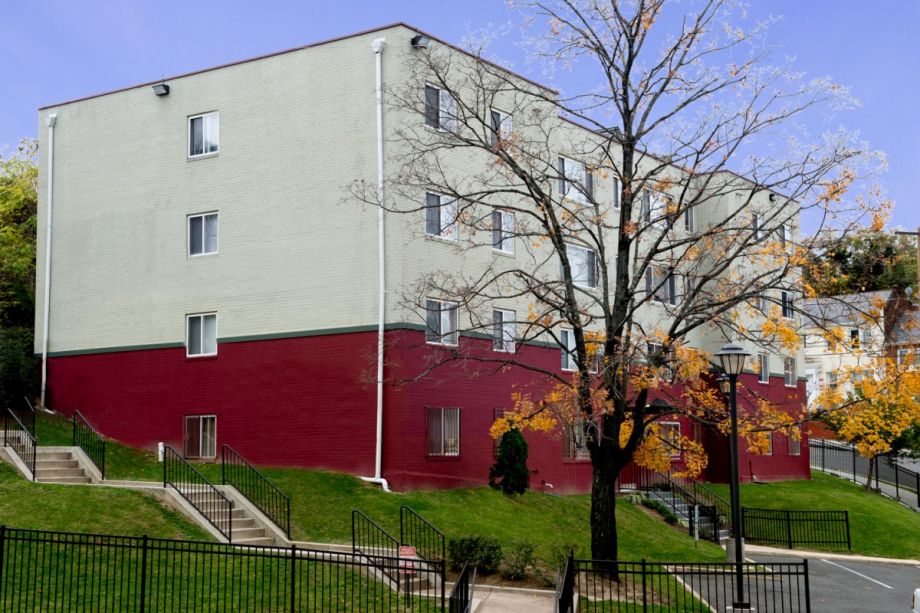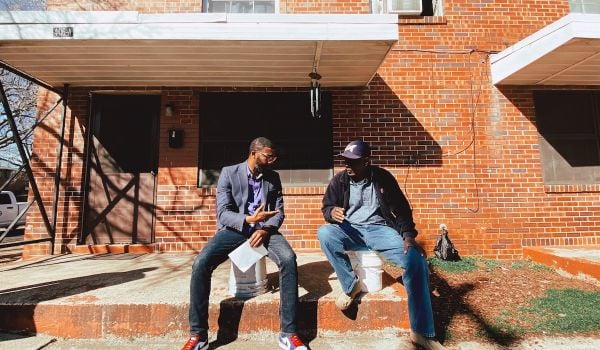Where should poor people live? That’s the animating question at the heart of the U.S. Department of Housing and Urban Development’s Affirmatively Furthering Fair Housing (AFFH) Rule, published a year ago.
The Fair Housing Act of 1968, which mandated that housing programs be administered in a nondiscriminatory way, was effectively cut off at the knees from the start. In recognition of that, HUD’s new rule aims to strengthen the law.
To combat segregation in American cities, and tackle pockets of concentrated poverty that disproportionately impact people of color, AFFH requires municipalities that receive HUD funding to use agency-provided tools to show that their housing policies don’t discriminate. Adding more fuel to the fire: a landmark Supreme Court ruling last year that effectively outlawed discriminatory outcomes, not just intentions.
There’s also hope that, if deployed effectively, the HUD rule can be combined with other tools and lead to investment in struggling neighborhoods where vacant properties stand as both reminders of policy failures and potential for turnaround.
“The intent of the [Fair Housing Act] has not been met anywhere near fully,” says Sarita Turner, associate director at PolicyLink, a national nonprofit that has been working with HUD to help pilot implementation of AFFH.
Through HUD’s Sustainable Communities program, PolicyLink and other partners have been assisting state and local policymakers to use a new HUD mapping tool to create regional plans to ensure fair housing and equal opportunity using federal dollars from HUD. The mapping tool includes geographic data on income, race and ethnicity, age, national origin, education, job proximity, transportation, environmental quality, public housing status, disability and more. The hope was that easier and more visual access to the data, combined with deeper community engagement requirements, would start to reshape how state and local governments used their HUD resources. According to Turner, several local governments they had been supporting made meaningful policy changes as a result of exposure to more data and deeper community engagement.
AFFH now requires nearly all HUD funding recipients, usually state or local housing agencies, to conduct what’s called an assessment of fair housing. The mapping tool, as well as a network of technical assistance partners (including PolicyLink), are available to assist in conducting that analysis. There are also significant community engagement requirements. HUD promises to review all assessments, and even to withhold federal dollars from states and municipalities that are failing to make progress toward AFFH goals.
Turner makes clear that the new rule doesn’t mean new obligations, just a clarification of existing ones. “It puts a very heavy emphasis on access to opportunity, so even if I don’t get discriminated against in getting an apartment, if the air is poisoning me or if I can’t access job training or my job without a car or my kids’ schools are not providing fundamental core academics, then my access to opportunity is limited and that’s against the law,” she says.
Many have focused on the new rule’s potential to support more families on housing assistance with moving to wealthier neighborhoods, giving them access to better schools, cleaner air or better amenities. That may happen, but if the goal is to make sure ZIP code doesn’t determine access to fair housing and opportunity, a more balanced approach may be necessary.
“A balanced approach would promote access to high-opportunity communities through mobility strategies as well as ensuring that residents who want to stay in neighborhoods that may currently be feeling distress and concentrated poverty will also benefit from investments that improve their housing and increase their access to opportunity,” says Ellen Lurie Hoffman, federal policy director at the National Housing Trust (NHT).
Hoffman says HUD should avoid encouraging a one-size-fits all approach to fair housing, and that instead it should encourage different strategies to account for the choices of residents and the needs of communities.
NHT takes a balanced approach in its own work, and has preserved 25,000 units of affordable housing in 41 states. It responds to local calls for support to protect existing, privately owned affordable housing, often developed decades earlier using low-income housing tax credits or other subsidies. In some cases, that means going into neighborhoods that have already seen a flurry of development, and preserving existing affordable housing or creating new affordable housing units. In other cases, it means going into neighborhoods that aren’t seeing a lot of development and preserving those affordable housing units. In Washington, D.C., where NHT is based, they’ve done both recently.
The previous owner of the R Street Apartments was located out-of-state and wanted to sell the building. Being in the Logan Circle/Shaw neighborhood that has seen a massive wave of new development in the past five years, it could have easily been sold to some other developer and turned into luxury apartments or condos. Instead, residents banded together, welcomed NHT in to acquire the building, and kept 124 out of 130 units affordable.
In another neighborhood, Anacostia, seen as the next neighborhood for the wave of development that has swept across the capital, residents of Galen Terrace organized and brought in NHT, which acquired the building from a previous owner who had let the building fall into dangerous disrepair. The building is 100 percent affordable, with 84 units.
“The tenants association came to us, and tried to help support the preservation efforts by having a barbecue to raise money,” Hoffman says.
NHT was able to get some resources from the District and some community development block grant funds, and restored the building, adding energy-efficient enhancements, a computer lab and a rainwater drainage system that slows runoff into the Anacostia River.
“Legacy communities are very much struggling with affordable housing challenges that are oftentimes overlooked in the media where everyone’s focusing on gentrifying communities,” Hoffman says.
At the National Community Stabilization Trust (NCST), Julia Gordon is even more worried that policymakers will swing the pendulum too far in the direction of focusing more resources on getting more affordable housing into neighborhoods that have already seen a ton of investment, leaving other neighborhoods and even entire cities behind.
“The majority of cities in this country are not worried about gentrification, they’re worried about disinvestment,” says Gordon. “They’re not growing, they’re not awash in more millennials than they can handle.”
NCST focuses on places around the country that have faced disinvestment — lower-income communities, frequently majority minority. Many are located in areas that may sooner or later gentrify or attract more investment because they are centrally located or have other assets, or may be centrally located in cities that have lost a huge economic driver and have lost population and investment. They’re cities and neighborhoods that are often characterized by large numbers of vacant homes.
“I feel like the media focus and focus of the fair housing community has been more on the higher-income areas and creating more affordable housing there and not as much on the dimensions of affordable housing in these more distressed and disinvested areas,” says Gordon.
NCST serves as an intermediary to help local nonprofits acquire and rehabilitate single-family properties or demolish them if needed, and to get those vacant properties back into service.
“We work with organizations that are able to acquire homes that were lost for whatever reason and likely constitute a property that may be affordable to some,” Gordon says. “In a lot of these disinvested areas when banks or Fannie and Freddie or even HUD sells [foreclosed] properties, they sell them for cash to investors, and nonprofits or CDCs never get a chance at these properties and we want to change that.”
The urgency to maintain a balanced approach to AFFH is such that Gordon, Turner and Hoffman are all speaking together about the new rules at this week’s 2016 Reclaiming Vacant Properties conference in Baltimore. In the upcoming months and years, as states and local governments go through the AFFH process, there will be critical opportunities for groups focused on reclaiming vacant spaces to be at the table as agencies reshape fair housing plans.
“Vacant properties are a tool to bring affordability and prevent displacement and for revitalization efforts in distressed communities,” Turner says.
This article is one in a 10-part series about reclaiming vacant properties underwritten by the Center for Community Progress. Read more here.

Oscar is Next City's senior economic justice correspondent. He previously served as Next City’s editor from 2018-2019, and was a Next City Equitable Cities Fellow from 2015-2016. Since 2011, Oscar has covered community development finance, community banking, impact investing, economic development, housing and more for media outlets such as Shelterforce, B Magazine, Impact Alpha and Fast Company.
Follow Oscar .(JavaScript must be enabled to view this email address)
















